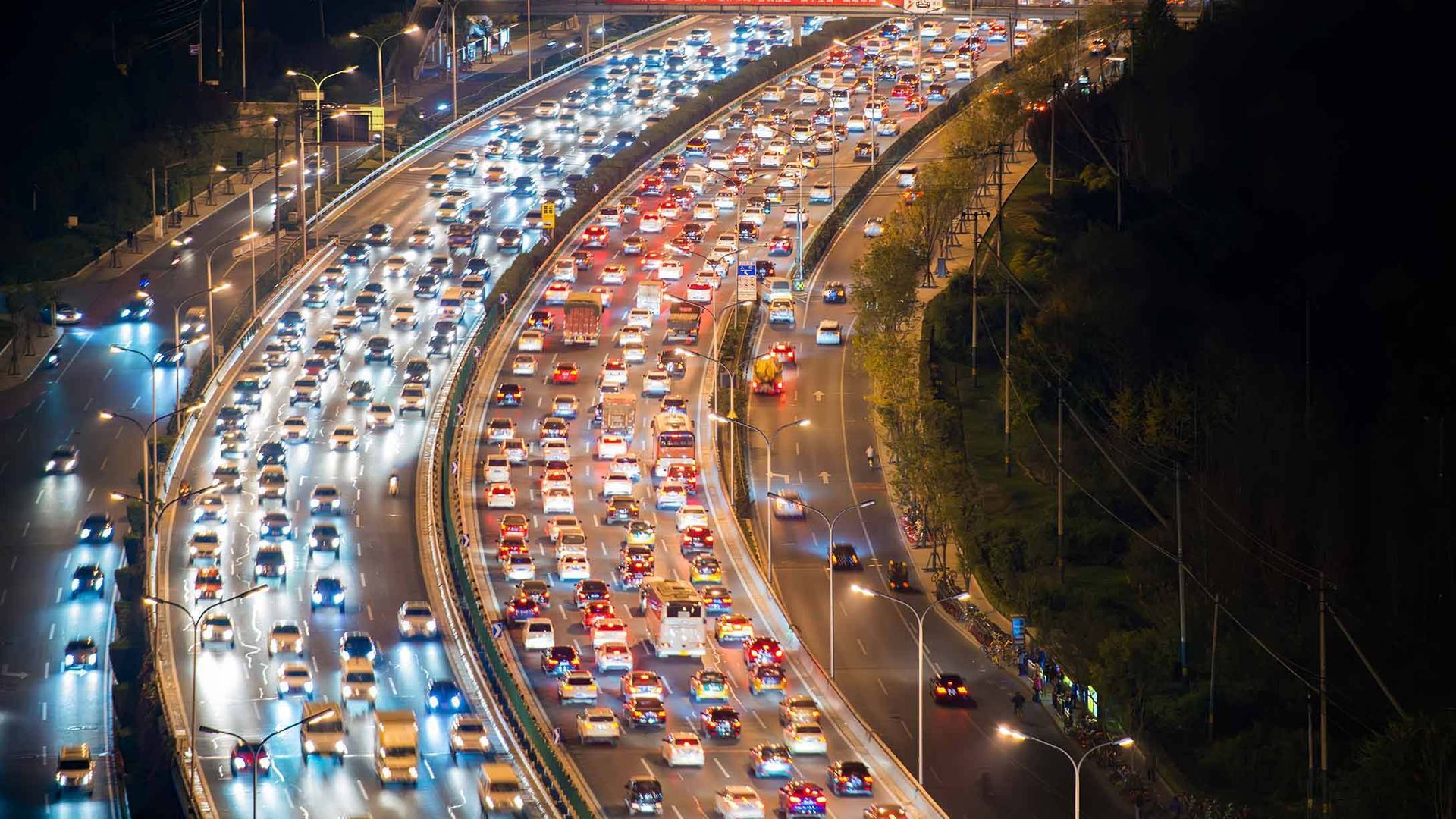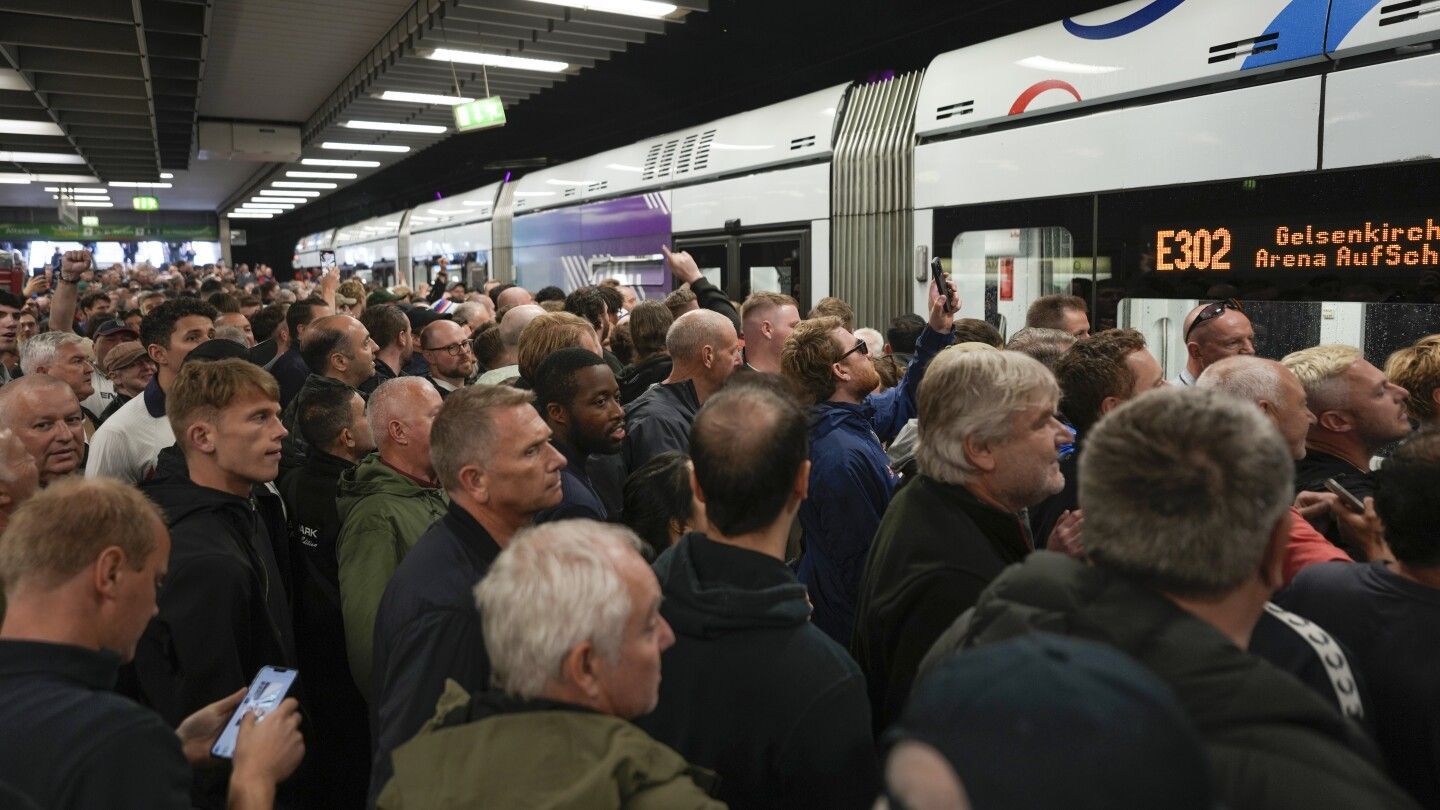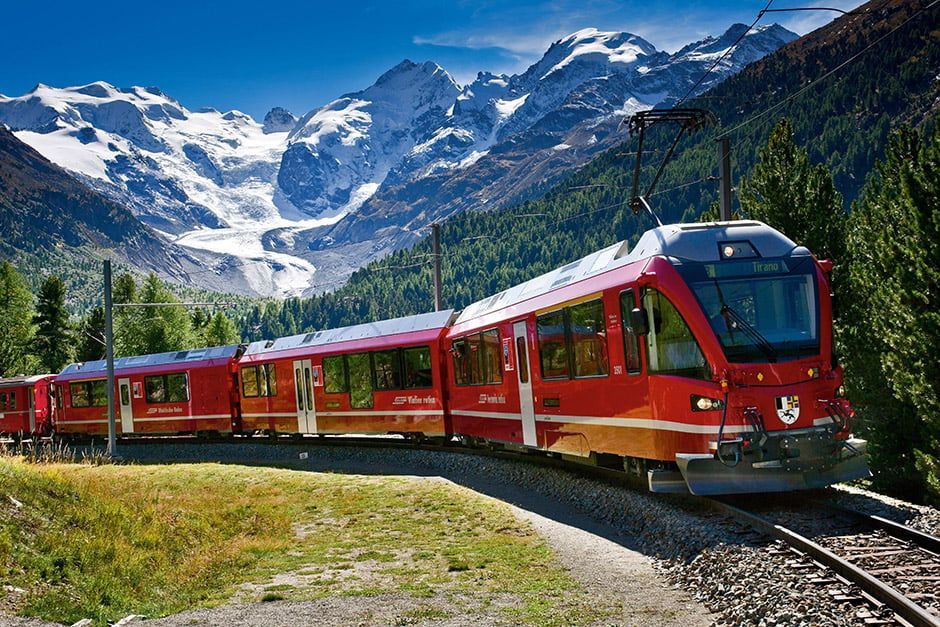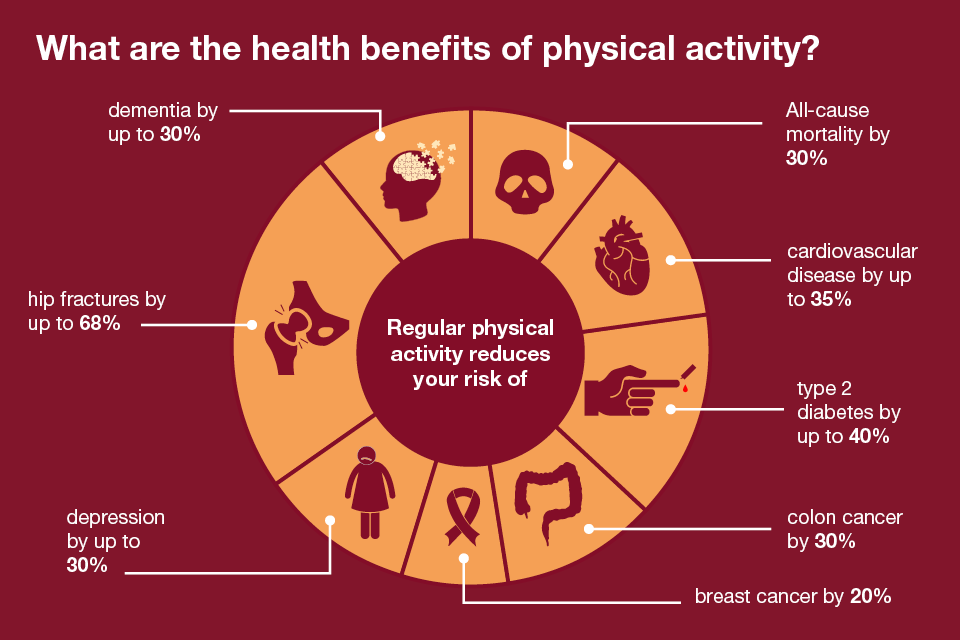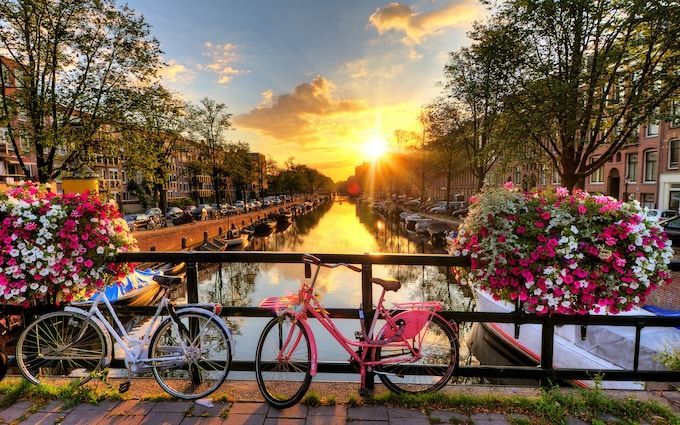Influencing travel behaviour toward achieving sustainable tourism - implications of COP29
COP29, the UN Climate Change Conference, held from 11 November – 22 November 2024, in Baku, Azerbaijan, focussed on advancing global climate negotiations and strengthening commitments under the Paris Agreement, and marked a pivotal moment for the tourism industry. For the first time in COP history, tourism gained official recognition, highlighting its dual role as a significant contributor to climate change, responsible for 6.7% of global greenhouse gas emissions in 2023, and a sector with enormous potential to drive positive change.
As COP29 focussed on cities, transport, and tourism, key declarations and initiatives highlighted the urgent need for sustainable travel solutions, particularly in destinations where tourism is deeply interwoven with local economies, live events, and natural landscapes. The end of November also served an important reminder of this during the UNs World Sustainable Transport Day.
A call for sustainable tourism
Tourism connects people with iconic destinations, from the beaches of the Mediterranean to natural wonders like the Lake District National Park. These visitors often come for live events such as arts, culture, music, and sports, which contribute to the economic and cultural vibrancy of the area. Yet, the environmental and social impacts are mounting, from congestion in historic cities to pollution in pristine environments.
The COP29 Declaration on Enhanced Climate Action in Tourism provides a pathway to reimagine tourism through five strategic focus areas: measurement, decarbonisation, regeneration/adaptation, collaboration, and finance. In parallel, the COP29 MAP (Multisectoral Actions Pathways) Declaration for Resilient and Healthy Cities underscores the importance of sustainable urban transport and infrastructure, which directly affects visitor access to key destinations and venues.
Key travel challenges and opportunities for tourist destinations
Tourist hotspots face unique challenges related to travel:
- High emissions from air travel
Air travel is a significant contributor to global greenhouse gas emissions. Many tourists rely on flights to access destinations, especially those in remote or international locations. The carbon footprint of air travel poses a challenge for destinations aiming to reduce overall environmental impact.
- High visitor numbers
Popular destinations hosting festivals, sporting events, or cultural gatherings often attract large numbers of visitors. Increased car use, traffic congestion, and parking demand are common side effects, which can disrupt local communities and ecosystems.
- Peaks of visitor demand
Tourist hotspots often experience surges in visitor numbers at specific times of the day, week, or year. For example, beaches might see a rush of people in the mornings, while festivals or attractions may lead to high concentrations of visitors during events. These peaks can strain transport systems, parking, and local amenities. Tourist numbers also often peak seasonally, such as during summer holidays. These fluctuations can overwhelm local transport systems and infrastructure, leaving them underutilised at other times of the year, which impacts sustainable operations and funding.
- Mode choice and capacity constraints
While traffic congestion and parking pressures are common in many tourist areas, public transport systems also face challenges. High demand for trains, buses, and other modes of shared transport can overwhelm capacity, particularly during peak times or in destinations with limited services.
- Geography and concentration of visitors
Certain destinations see disproportionate numbers of tourists flocking to specific points of interest, such as landmarks, viewpoints, or cultural sites. This uneven distribution of visitors can lead to localised congestion, infrastructure wear and tear, and a diminished visitor experience.
- Limited sustainable travel options
Rural and natural destinations, as well as areas hosting live events, frequently have underdeveloped public transport networks. This leads to a reliance on private vehicles, which exacerbates congestion and emissions.
- Balancing accessibility and conservation
Many destinations face the dual challenge of welcoming tourists while preserving natural or cultural heritage. Increased vehicle access and infrastructure development can degrade the very landscapes or experiences that attract visitors in the first place.
However, these challenges also provide opportunities to rethink and enhance travel strategies. Priority should initially be placed on influencing travel demand, to make the most of the existing transport network before considering costly infrastructure investments.
Actionable steps for sustainable tourism at key destinations include:
Strategic planning and policy development:
- Develop tailored sustainable travel plans: These can be created for specific destinations and broader areas. For instance, In the Round is currently involved in creating a travel plan for Holy Island in the UK, incorporating comprehensive strategies to manage local travel demand while minimising environmental impact.
- Visitor capacity management: Implement timed entry systems or booking platforms to manage crowds during events or peak tourist seasons. This reduces environmental stress and ensures a better visitor experience.
- Strengthen policy support: Advocate for funding and policy support to enhance sustainable transport infrastructure, such as EV charging networks and secure cycle storage.
- Foster cross-sector collaboration: Work with tourism boards, transport authorities, and local event organisers to align goals and resources effectively. Collaboration is crucial for implementing sustainable travel strategies at scale.
Marketing, engagement and education:
- Encourage local engagement: Positioning attractions more in the minds eye of local residents. Target marketing campaigns for destinations should consider accessibility and proximity. For example, advertising campaigns could focus on attracting regional visitors instead of encouraging long-haul travel unnecessarily. This reduces the need for long-distance travel, increases the likelihood of active travel and public transport being a more viable option and supports local economies.
- Visitor information and website audit: Visitor attractions should review their websites to ensure they provide consistent, accurate and comprehensive travel information. Priority should be given to displaying details about public transport and active travel options above information on car travel and parking.
- Introduce incentives for sustainable travel: Like discounts or free public transport passes for tourists attending events or visiting attractions. Rewarding sustainable travel choices can motivate visitors to opt for greener modes of transport.
- Incentivise group travel: To reduce the volume of vehicles on the road, group travel incentives can include discounted transport passes, group rates for events, or priority access to attractions.
- Promote low-carbon travel packages: Partner with transport operators to offer bundled tickets that include public transport to and within destinations. These packages can make sustainable travel more convenient and affordable.
- Educate visitors on sustainable travel: Providing pre-visit or pre-event information and / or a journey planner that highlights sustainable travel options, such as train routes, park and ride facilities, and walking tours. Share this information early and maintain consistent communication throughout ticket sales and event planning.
Infrastructure enhancements:
- Improve public transport access: Developing robust sustainable travel links to major tourism hubs and event venues. Increased bus, train and tram services, park-and-ride schemes, and integrated ticketing systems can help reduce reliance on private vehicles.
- Enhance active travel infrastructure: Expand car free paths and trails to encourage cycling, scooting, and walking. Dedicated bike and scooter lanes and pedestrian routes not only reduce emissions but also enhance the visitor experience.
- Invest in greener transport options: Adopt electric or hybrid shuttles for guided tours, event transfers, or trips between venues and accommodations. This reduces emissions and aligns with sustainability goals.
Spotlights:
St Michael’s Mount in Cornwall: Has implemented a range of demand management measures to ensure a sustainable and enjoyable experience for visitors while protecting the local environment and community. A key initiative is the introduction of ticket-only access during peak summer periods, helping to manage the flow of visitors and reduce overcrowding.
Photo source: St Micaels Mount
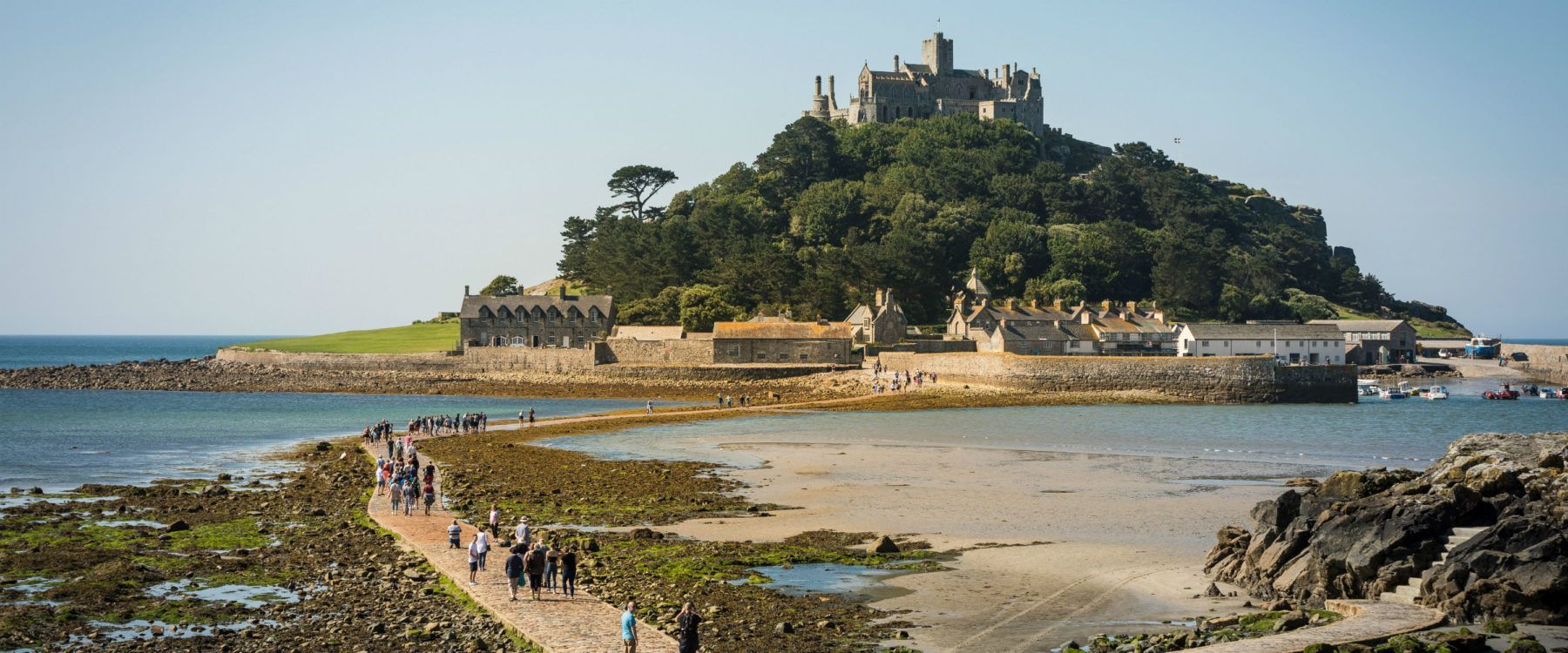
Mont Saint-Michel in France: Has implemented demand management measures, including removing parking and restricting access to the island to shuttle buses. The 19th-century paved causeway and the old car park have been replaced with a bridge, providing a more sustainable connection. Visitors can also follow a wooden walkway to reach the island on foot.
Photo source: Normandy Tourism
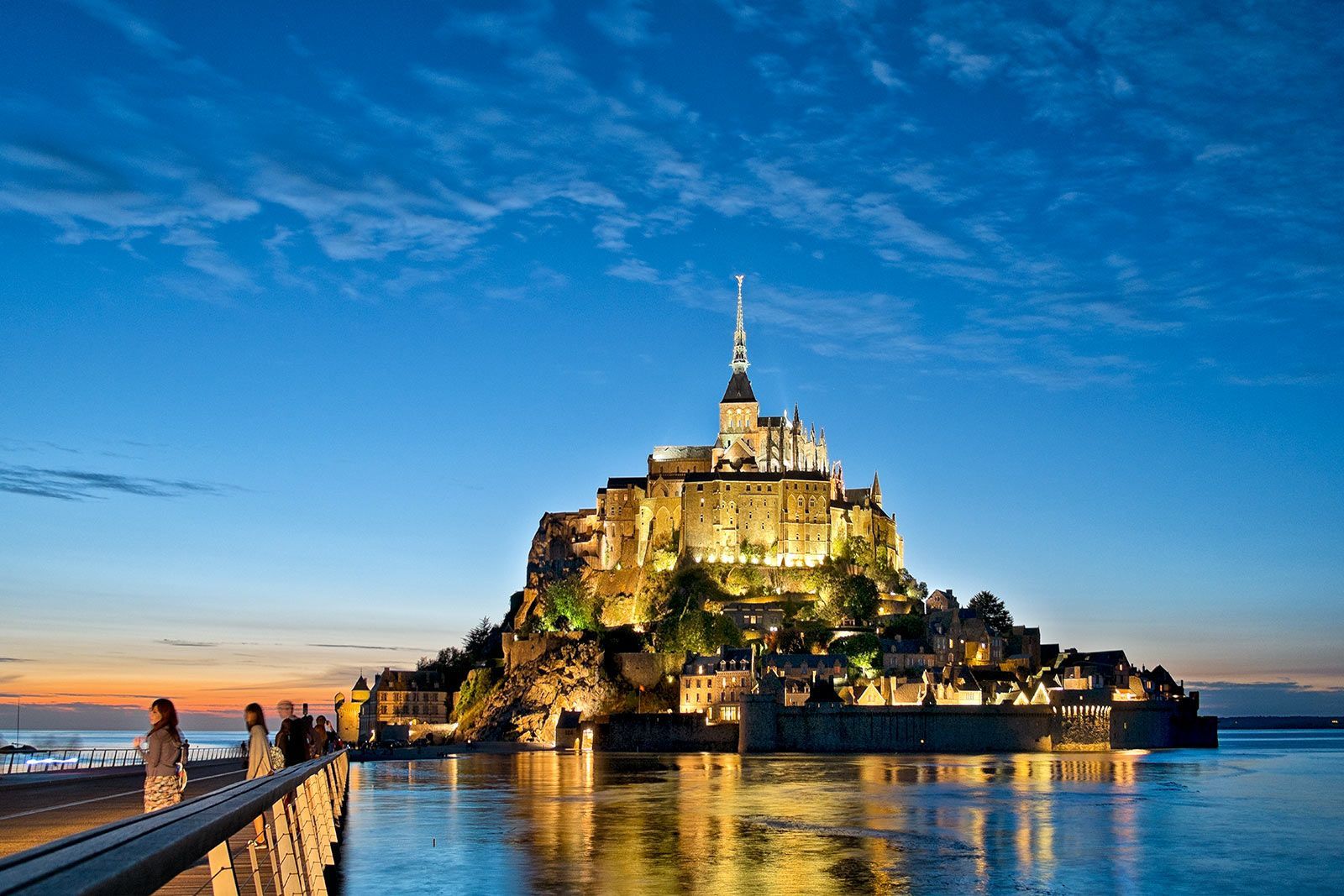
Lake District National Park, UK: The National Park have introduced a number of sustainable travel initiatives to enhance options for tourists. This includes improved bus services, better connections to major train stations, and innovative ticketing solutions like integrated bus and boat passes. Active travel was also encouraged with expanded cycling routes and bike hire facilities, making it easier for visitors to explore the region without cars.
Photo source: Visit Britain

Snowdonia National Park, Wales: Snowdonia (now known locally as Eryri) implemented seasonal park-and-ride schemes in key areas, such as the Pen y Pass car park, to manage visitor congestion. This service is paired with active travel initiatives like improved walking trails and shuttle buses that are environmentally friendly. The goal is to reduce car use while preserving the park's natural beauty.
Photo source: Wikipedia
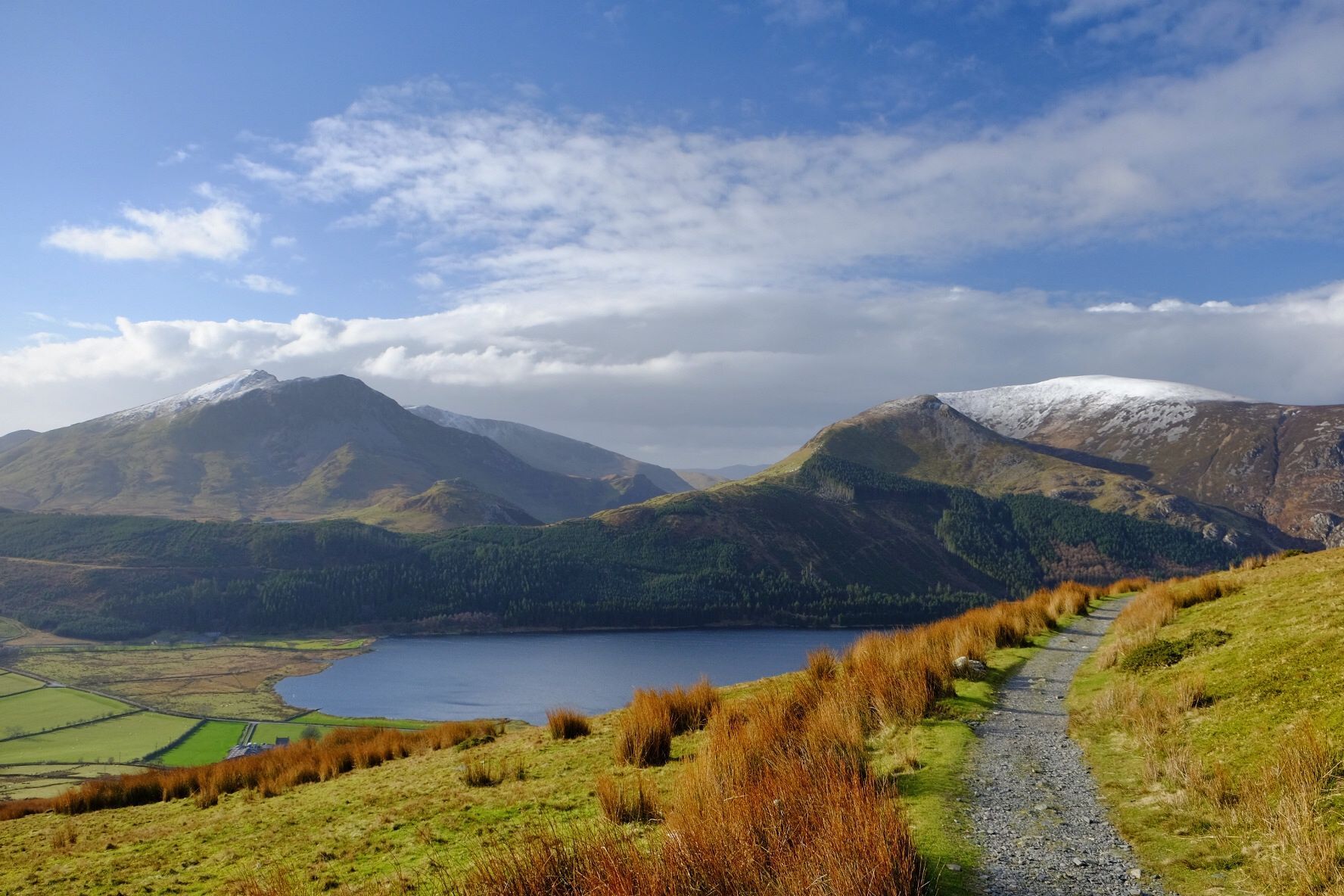
Rotorua, New Zealand: Rotorua has introduced e-bike rentals and trails to support sustainable exploration of its geothermal attractions. This complements existing public transport and park-and-ride options, allowing tourists to access popular spots like the Redwoods Forest without private cars.
Photo source: iStock
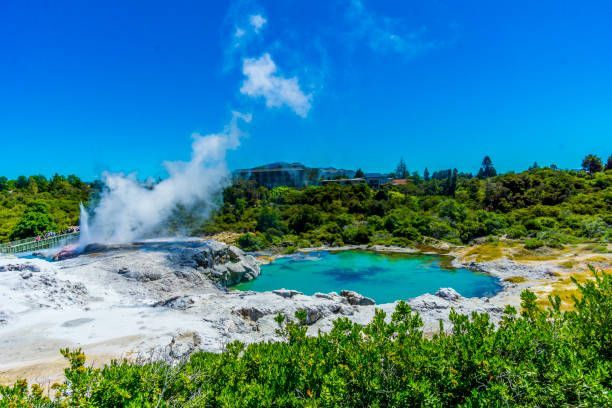
Building a future for sustainable tourism
COP29 has elevated the conversation around sustainable tourism and travel, providing actionable frameworks for destinations and stakeholders. By embracing these opportunities, destinations can balance economic benefits with environmental preservation, ensuring tourism and events become drivers of climate resilience.
As we reimagine tourism’s future, key destinations like the Lake District show what’s possible when sustainable travel initiatives are prioritised. Whether it’s through improved public transport, cycling infrastructure, or community-driven collaboration, the road to sustainable tourism starts with thoughtful, impactful action.
For support in developing actionable sustainable travel plans in a tourism context - feel free to contact us at hello@intheround.global.

